I never had a particular thing for “gurus” even ones embracing so called modern mysticism. Yet, here I was on retreat with 220 other spiritual seekers in the midst of the February rain and fog at Mount Madonna in the Santa Cruz Mountains.
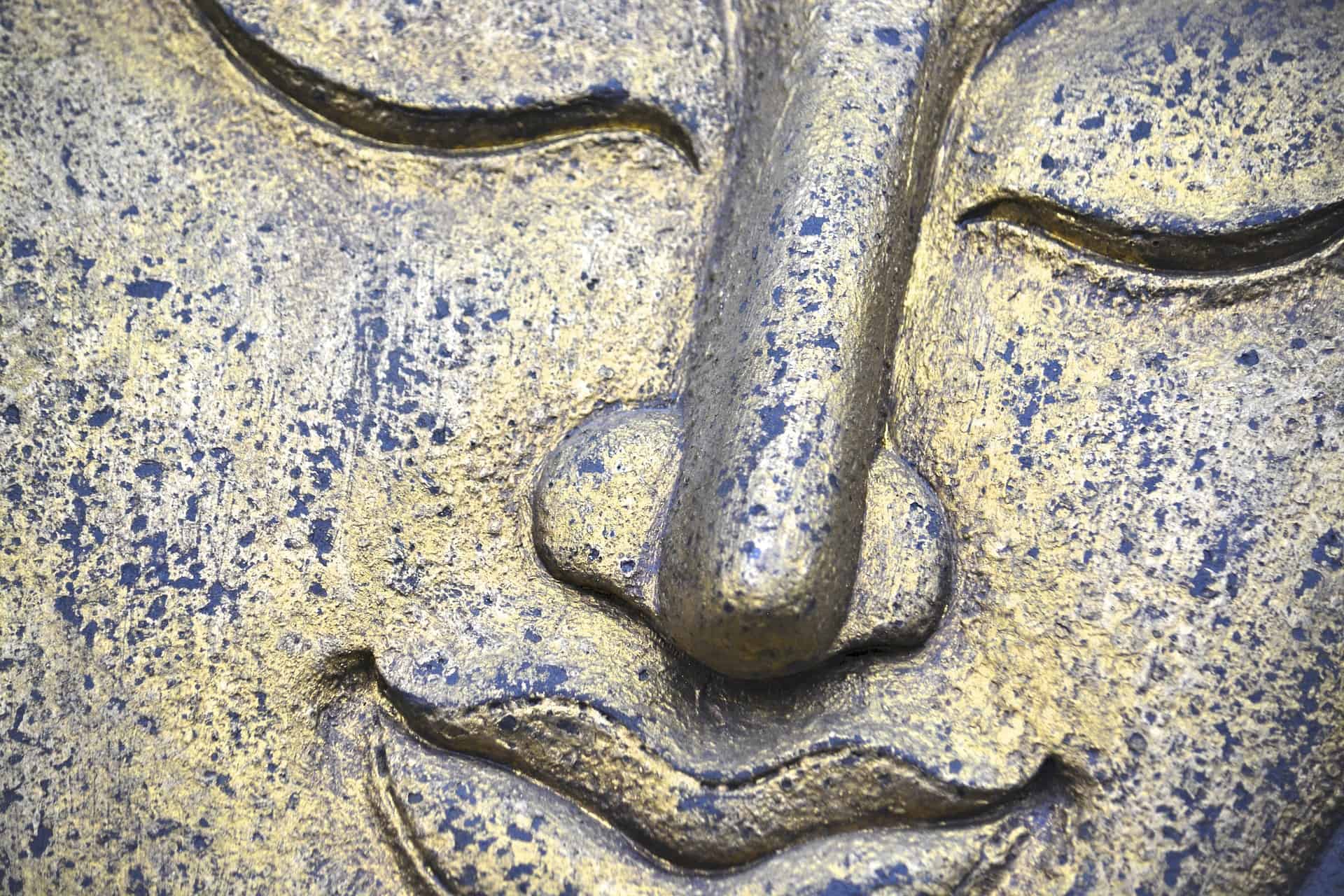
Adyashanti himself would be the last person to call himself a guru. “Adyashanti” means primordial peace. However, his followers and his events definitely have a guru like quality to it: the registration lines outside of the building hours before the event starts, the ardency and love in the voices of his students when they talk about him, the feeling of being part of something big, bigger than themselves.
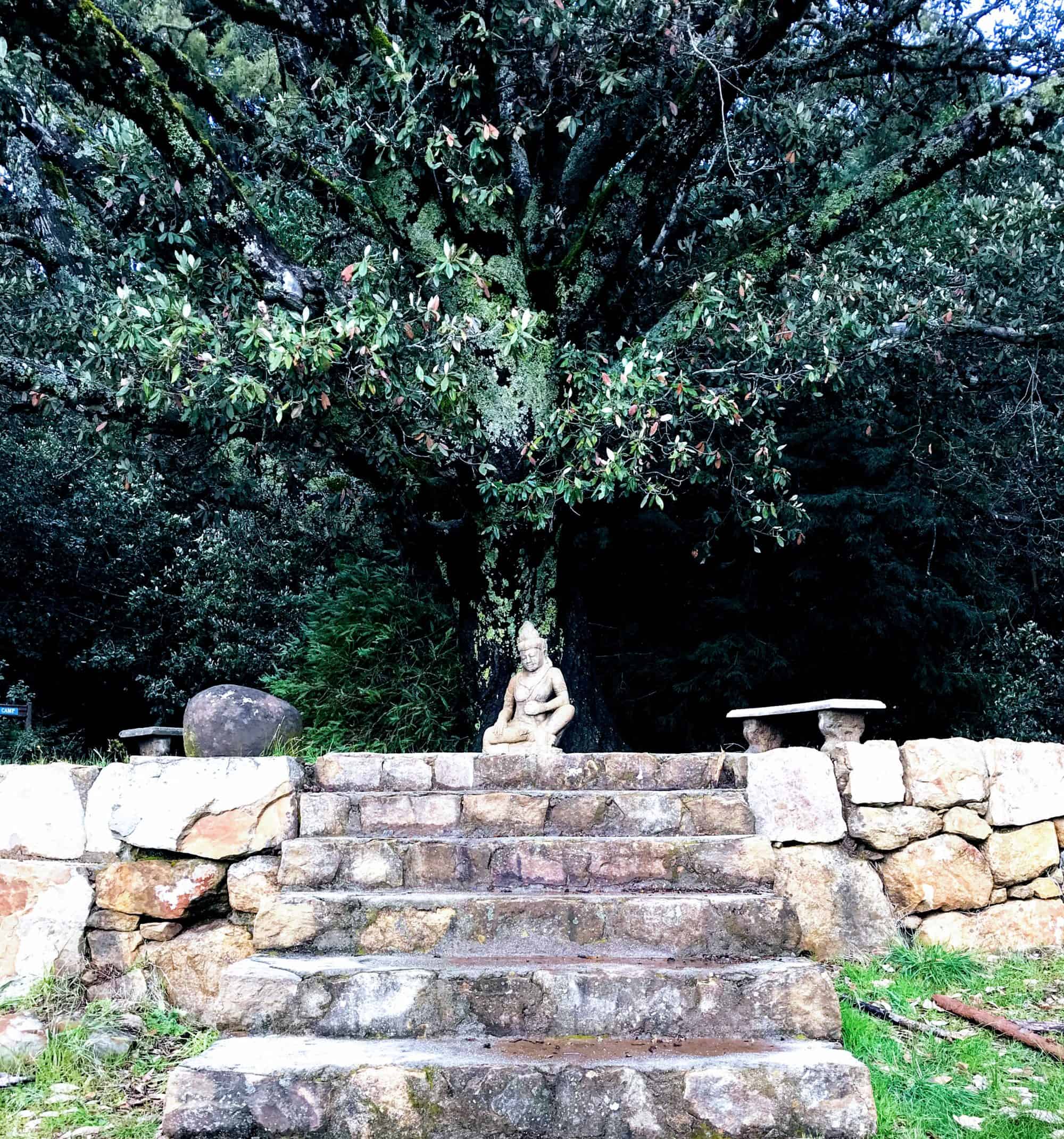
Mount Madonna Adyashanti Modern Mysticism Retreat
“There was a lot to be skeptical about Adyashanti”
There was a lot to be skeptical about Adyashanti before attending one of his events for the first time. I couldn’t help but wonder: “Why is there so little information about him online? Why doesn’t he meet with students one-on-one? What is his tradition? He left Zen but what exactly is he now?”
I saw Adyashanti, or Adya how his students call him, for the first time at Spirit Rock Meditation Center during a day long event. Something in me shifted when he began to speak. I have seen many great teachers before but this was a new experience for me. It was as if I had an almost bodily sense of understanding things I previously had only understood intellectually.
In Adyshanti’s metaphor, it is like having someone describe the taste of water to you compared to actually tasting water yourself. It makes all the difference. I was hooked.
“I had a bodily sense of understanding things I previously had only understood intellectually.”
I signed up for his 5-day silent retreat at Mount Madonna. Before we went into silence, I had a chance to talk to some of the attendees. Most of them came to this exact same retreat every year for many years. Many of them came from abroad with decades of meditation experience under their belt.
I spoke to an Italian, who had spent months in Korean monasteries for over a decade. I listened to a woman with over 30 years of meditation practice who was on her 55th retreat. And, they all remarked at just how unique Adyashanti was for their spiritual growth. They spoke of how 5 days of his retreat seem to always connect them more deeply than months of retreats with other teachers.
“Pema Chodron tells us that there are recognizable ‘signs of spiritual progress’“
I wasn’t sure what to expected of this modern mysticism retreat (my description not theirs per se). Five days seemed too short to really dive deep into the practice and the schedule seemed a bit soft for someone like me who had spent time in a Thai forest monastery.
Despite or perhaps because of the gentler schedule, I was in over my head already by day two. It was the wildest ride I ever had on spiritual retreat, modern mysticism or not.
Even more importantly, it shifted things for me far beyond the retreat. I left with more internal balance for a lack of a better description and at peace. Retreat experiences vary and each time is different. People also experience modern mysticism teachers and events differently and much of it has to do with what is happening in their life at any given time as well.
That said, there is no such thing as failure or success (the notion of success in and of itself is highly suspect when it comes to spiritual practice). However, Pema Chodron tells us that there are recognizable ‘signs of spiritual progress’. And it seems that Adyashanti’s teachings and his transparency evokes ‘progress’ for quite a number of his students.
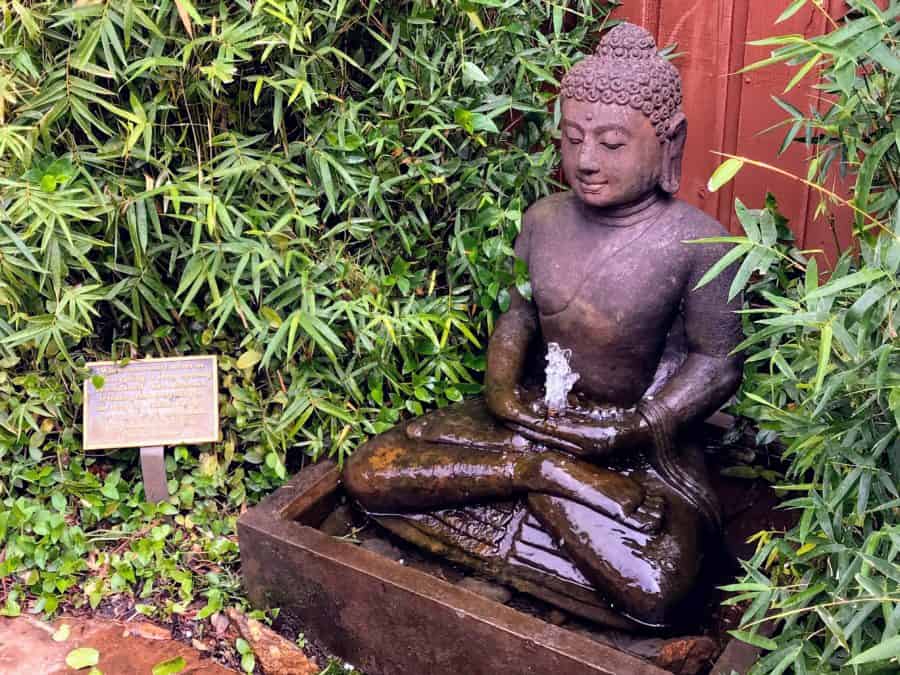
Buddha at Mount Madonna
What makes Adyashanti so Unique?
So what is Adyashanti’s secret? What makes him so unique? Here are my initial thoughts after my first in-depth experience with his work.
Adyashanti’s approach is direct, transparent and mainly non-denominational
After spending years in the Theravada Buddhist tradition with all its cultural and religious overlays, this more modern mysticism approach immediately appealed to me. He is very straight forward — you could say clean and direct.
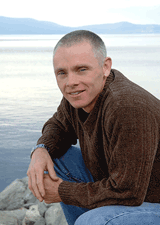
Credit: Adyashanti site
You sense and feel that Adyashanti has experienced it all first hand – that’s why he can be so clear, so honest and direct. He talks openly about topics which were taboos in my own tradition.
Adyashanti demystifies awakening. In his public conversation with students, called satsangs (a term borrowed from advaita), he provides full transparency. He explains the nature of energy states during meditation and puts mystical experiences into perspective without negating their potential value for the student.
Further, he stresses the importance of the here and now when it comes to experiences in deep meditative states: insights and experiences must be maintainable in the normal waking state, otherwise they are just that: states which come and go. He believes in the importance of integrating insights and living life from that core, which often doesn’t come automatically.
Fresh and accessible language
Many of Adyashanti’s teachings are not new….quite the opposite. In fact, I had heard almost everything he shared before, from other dharma talks, during retreats, in conversations with teachers. However, Buddhist language and concepts can be hard to grasp for Westerners.
It reminded me of my graduate studies in philosophy. Deep, highly relevant insights into life which come from the inside are masked by antiquated language and a blur of concepts.
This is the very thing Buddha tried to overcome by saying “ehi passiko”, “see for yourself”, pointing towards the importance of one’s own experience over the account of others. Adyashanti’s language seems to circumvent this problem by coming up with fresh language, simple and sometimes new analogies and metaphors. And as a result, his teachings sink in deeper. At least for me. And despite the deep nature of his talks, he never looses a sense of lightness and humor which makes it easy to listen.
Blend of techniques
Adyashanti seems to blend techniques and teachings both from Buddhism (he himself started out in the Zen tradition) and Advaita. He stresses the importance of both meditation and inquiry as a quicker way to realize deeper truth.
His approach to meditation called ‘true meditation’ seems clean and direct compared to other systems of meditation, especially for students coming from extensive meditation practice in other traditions, his approach seems to open up new layers of meditative depth and insights.
A gentler way towards insight – aligning psychological and spiritual development
Adyashanti jokingly says that it would spare him a lot of time, if everyone who came to him, ‘would do a couple of years of therapy first. It would make his job so much easier’. I think this is true.
In my own experience, psychological work opened up new layers of spiritual development. It saved me from diving head first into trauma during meditation. Adyashanti acknowledges that deeper realizations are possible no matter how conflicted one is psychologically. And, in some cases complete personal break-downs antecede realization.
Some traditions even seem to be set up to break down people in order to invoke insights into a deeper nature. However, in modern society, these realizations take place in ordinary environments not under protection and guidance of a spiritual community or monastery. Hence, the gentler approach championed by Adyashanti could be a good alternative for modern seekers.
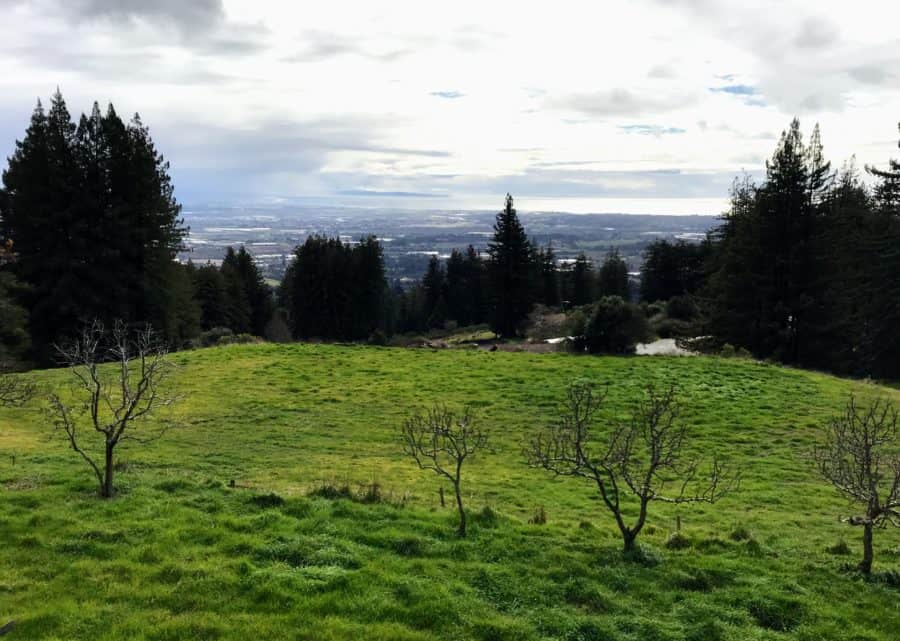
The natural beauty at the Mount Madonna Adyashanti modern mysticism retreat
Modern Mysticism
I am closely following the ‘(neuro-) science of spirituality’. I can’t help but wonder if modern mystical experiences and insights into our human nature could really be so different for people in other traditions. We seem to assign spiritual experiences the names, faces and explanations we learn in the religious communities where we grew up. 
So, for some people, Jesus or Mother Mary shows up in their experiences, for others Mohammed, Buddha or perhaps pagan Gods. However, (neuro-) science seems to tell us that the underlying processes are pretty much the exact same thing.
Perhaps this is why I appreciated Adyashanti’s more non-denominational approach. While he certainly doesn’t hide his Zen roots, he seems to downplay their importance in his own realization process.
For example, in one of his talks, he spoke about his lineage as the lineage of “truth”: that which is experienced through inquiry and meditation regardless of the background or spiritual context. That which is beyond Zen, Advaita, etc.
Since his book “Ressurecting Jesus” talks a fair amount about Jesus and the Bible, I was surprised how much his teachings resonated for someone like me who had abandoned my catholic conditioning in my teens. I didn’t know the Jesus Adyasanti was talking about so I picked up the Bible and started reading. I was struck how much the different lense made these teachings come back alive for me in a new and inspiring way.
It’s hard to say how much of my ‘progress’ and insights with Adya are really due to his teachings or how much was the fruition of my years of previous practice, or a combination of both. I will probably never know for sure and that’s okay.
Deeper insights, wholeness and connection can be found in lots of places – true love, community, family, service, nature… and spiritual practice. Adyashanti just provides a modern take and a fresh approach that for me and so many others, is the right direction. A unique teacher of modern mysticism and beyond, he shifted things that were very deep for me as others have confirmed as well. More about his world, teachings, books and workshops can be found on his site.
About Adyashanti
Adyashanti, author of The Way of Liberation, Falling into Grace, True Meditation, and The End of Your World, is an American-born spiritual teacher devoted to serving the awakening of all beings. His teachings are an open invitation to stop, inquire, and recognize what is true and liberating at the core of all existence.
Asked to teach in 1996 by his Zen teacher of 14 years, Adyashanti offers teachings that are free of any tradition or ideology. He says:
“The Truth I point to is not confined within any religious point of view, belief system, or doctrine, but is open to all and found within all.”
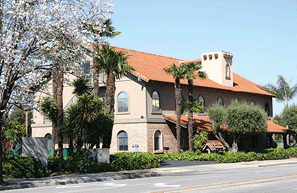
Open Gate Sangha
Adyashanti’s nondual teachings have been compared to those of the early Zen masters and Advaita Vedanta sages. Expressing both the infinite possibilities and the ordinary simplicity of a spiritually realized life, Adyashanti’s teachings are directed to those who are sincerely called to awaken to their true nature and embody this life-changing realization.
Based in California, Adyashanti lives with his wife, Mukti, Associate Teacher of Open Gate Sangha. He teaches throughout North America and Europe, offering satsangs, weekend intensives, silent retreats, and a live internet radio broadcast.
Open Gate Sangha is a nonprofit organization founded in 1996 to support the teachings of Adyashanti and Mukti. The organization hosts events throughout the United States and in Europe, publishes books, CDs, and DVDs, and provides access to the teachings online.

I am always struggling with the question “So, what do you do?”. I have used many labels in the last decade – philosopher, economist, writer, researcher, contemplative, yogi, seeker, world traveler.
My professional career has been largely in economic development trying to make living conditions better for the poor. My vision is a world which is more equal, more just, healthier and happier for everyone – not only a select few.
However, through my own path in Theravada Buddhism and yoga, I learned that a big part of journey towards contentment takes place within. So I started teaching yoga and immersing myself into ancient wisdom. Due to my background in research, I am also closely following the emerging (neuro-)scientific insights into yoga, meditation and spirituality – trying to solve some of the contradiction between science and spirituality.
In my writing and teaching, I blend my own contemplative insights with the emerging scientific research, I add some “researchy” thoughts on bigger picture questions, ultimately hoping to inspire personal and social change.








